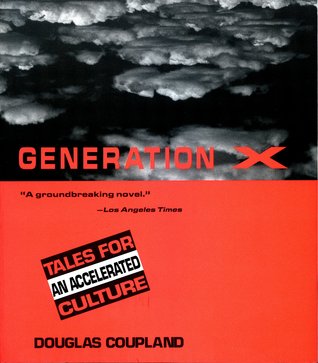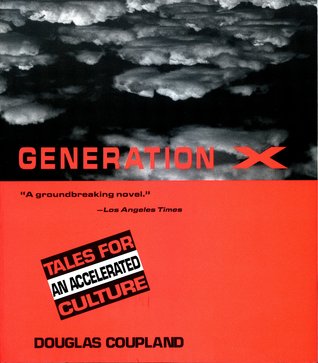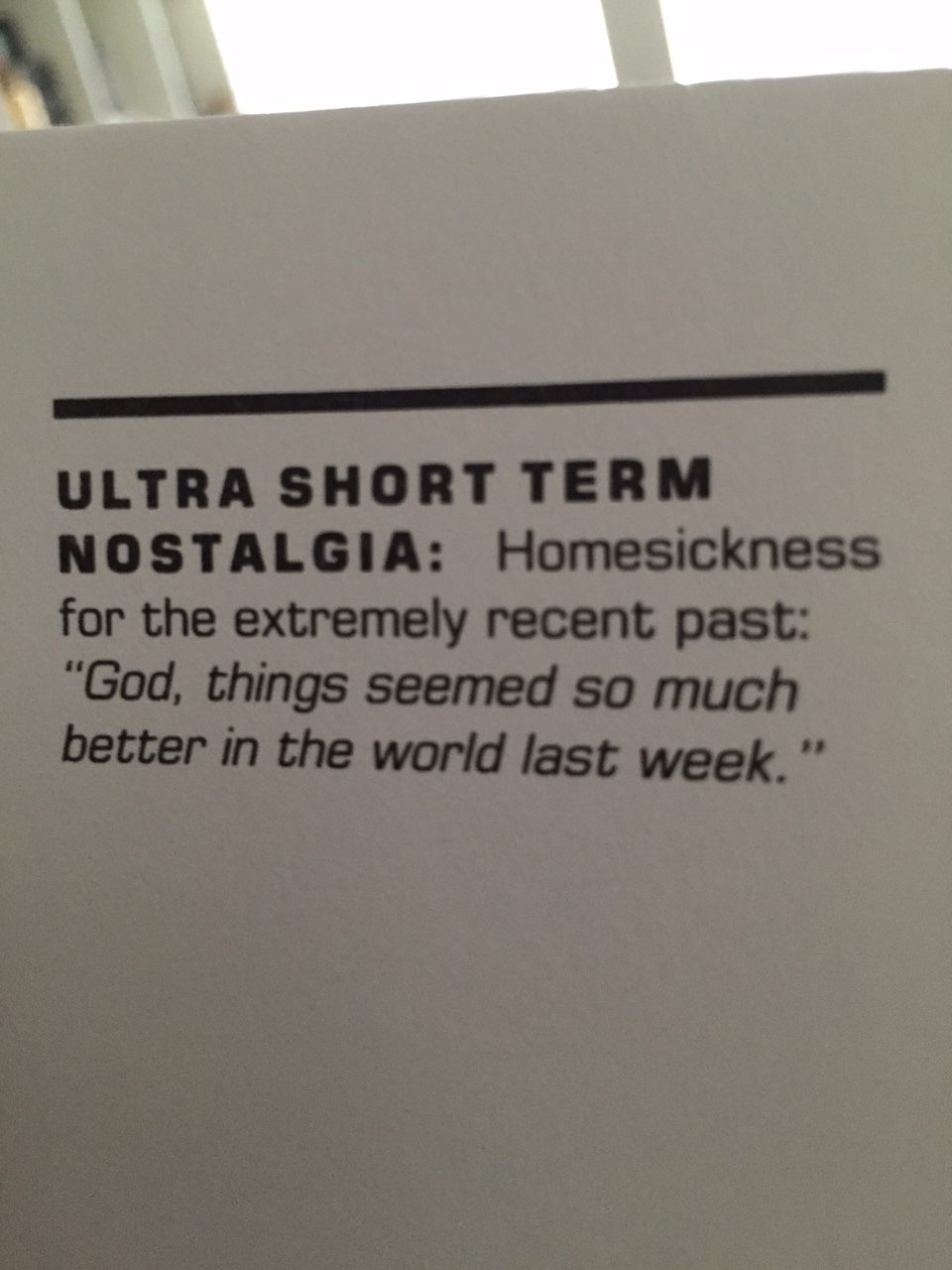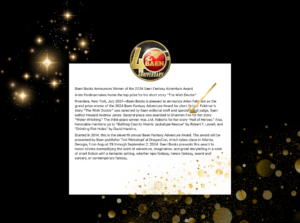By Douglas Coupland
Generation X should feel dated–its title is no longer a part of the zeitgeist, and the generation it defined has been irrevocably changed. Gen Xers–the post-boomers born in the 1960s and even the late ’50s–are no longer the socially terrified twentysomethings that populate Douglas Coupland’s first and finest novel. The economic boom of the late 1990s dragged them out of their McJobs and back into the corporate world, transforming them into younger versions of the yuppies that Coupland lampoons so well. Surprisingly, though, the culture that is described in Generation X has not changed all that much; it has simply been passed on, in an Internet-friendly form, to the latest crop of bright young things.
Those who missed Generation X when it first appeared may be surprised to find that most of the associations that have been tacked on to its catchphrase title are not present in the novel. Coupland’s characters–Dag, Claire, and Andy, three young neurotics from “good” upper-middle-class homes–are not financially ambitious, but they are not slackers either. Rather than drearily complaining that there is nothing worth doing, they are trying very hard to make sense of their lives and their culture. They do this by telling stories to each other, desperately and sincerely. Andy likens his friends’ need for storytelling to the proceedings of an Alcoholics Anonymous meeting.
Storytelling is an ancient invention; Coupland simply restates its importance in a world of short attention spans and jump-cutting media. This side of Generation X hasn’t aged at all and isn’t likely to. And the other, better-known side of the novel–Coupland’s razor-sharp cultural field guide–will remain relevant as long as university graduates still have to choose between economic uncertainty and corporate monoculture and still respond by refusing to grow up in conventional ways. Anyone who has avoided Generation X because of its unfortunate association with a few demographic buzzwords should consider giving Coupland a second look.
I picked this book up some months ago while trying to find similar novels to my coming of age novel for post grads. You know, like Catcher in the Rye for the University set. New adult novels without all the romance junk.
I was really surprised by this book. First, it’s shaped like a small coffee table book or textbook. Not like a novel.
Second, the cover is bright orange and looks toxic.
Third, the inside is full of weird margin notations and comics around the text.
I spent the longest time thinking I’d picked up an experimental novel. No disrespect to experimental literature, but not what I was expecting.
Boy, was I wrong! What a great book!
I got hooked on Generation X immediately and loved the rambling story of three 20-somethings living in Palm Springs.
It’s been awhile since I’ve read a book whose sentences weave such a dense cacophony of sensations, threatening to spiral out into the abyss, but for the masterful hands of the writer who holds the whole ball of wax together somehow.
Who is Generation X? Generation X is the name for the group of people born between the Baby Boomers and the Millennials. Gen Xers were born roughly between the early 1960s and early 1980s.
If you’re not a Gen Xer, is Coupland’s book still worth reading? Absolutely. I was struck by the similarities between this group of young Gen Xers and the young Millennials of today.
Written almost twenty years ago, Generation X still manages to feel refreshing relevant in the new millennium.
Below are some of the snippets I loved from the margins-enjoy!









